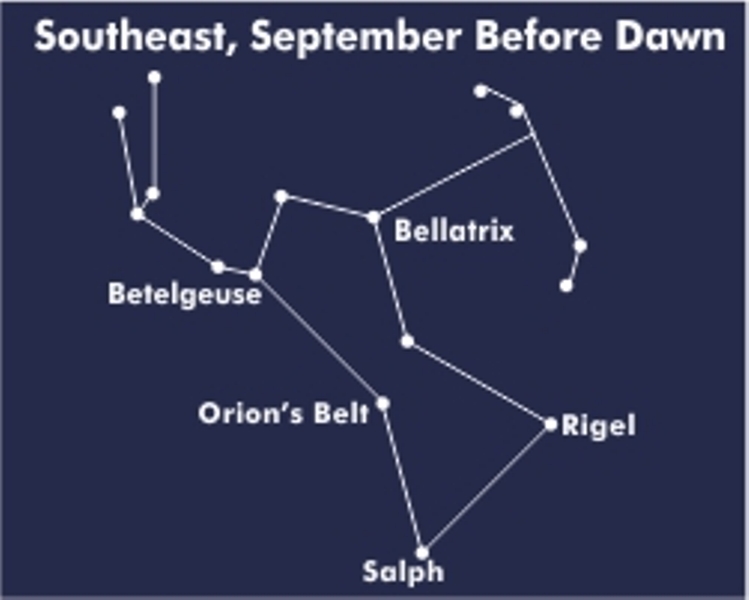
A group of stars that are considered to form the imaginary outlines of a mythological figure or god or animal, or manufactured device, is called a constellation. It is difficult to identify a particular star from a big canvas containing about 1000 or 1500 stars. The constellations help us by breaking up the sky into more manageable bits. The word constellation may be, therefore, translated as ‘set of stars’.
“Hydra” is the largest among the Constellations.
Since the stars travel along their own orbits through the Milky Way, the constellation outlines change slowly over time. In 1922, the sky was divided up into 88 different constellations, which included 48 ancient constellations listed by the Greek astronomer Ptolemy, along with the 40 new constellations. All the constellations are not visible from any one point on Earth. Therefore, the star maps are bifurcated into maps for the northern hemisphere and maps for the southern hemisphere. The season of the year can also affect the visibility of constellations, depending on the location of the viewer
Constellations of the Northern and the Southern Hemisphere are shown below.
|
Northern Circumpolar Constellations |
Northern Spring Constellation |
Northern Summer Constellations |
Northern Autumn Constellations |
Northern Winter Constellations |
|
Cassiopeia Cepheus Draco Ursa Major Ursa Minor |
Bootes Cancer Crater Hydra Leo Virgo |
Aquila Cygnus Hercules Lyra Ophiuchus Sagittarius Scorpius |
Andromeda Aquarius Capricornus Pegasus Pisces
|
Canis Major Cetus Eridanus Gemini Peseus |
|
Southern Circumpolar Constellations |
Southern Spring Constellation |
Southern Summer Constellations |
Southern Autumn Constellations |
Southern Winter Constellations |
|
Carina Centaurus Southern Cross |
Andromeda Aquarius Capricornus Pegasus Pisces |
Canis Major Cetus Endanus Gemini Orion Perseus Taurus |
Bootes Cancer Crater Hydra Leo Virgo |
Aquila Cygnus Hercules Lyra Ophiuchus Sagittarius |







